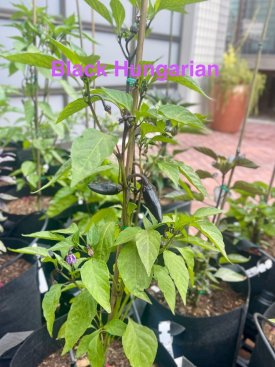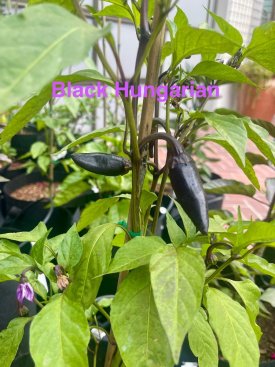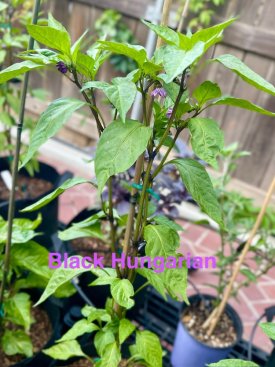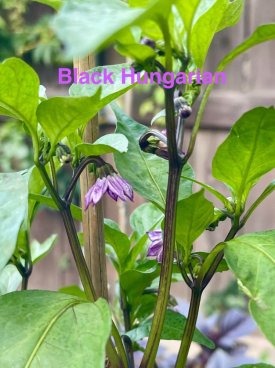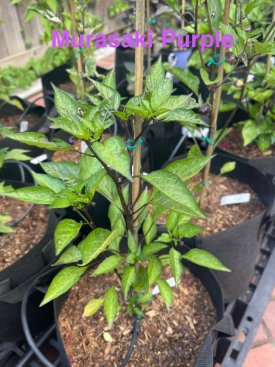The goal is to (have fun and) breed a pepper that has purple skin, purple flesh, purple foliage, good flavor, and medium heat (~30-50K SHU).
I’ll also experiment with fermented sauces, paprika, etc.
If you want to give me feedback on what makes the “perfect” purple pepper, take this survey!
I’ll also experiment with fermented sauces, paprika, etc.
If you want to give me feedback on what makes the “perfect” purple pepper, take this survey!
Attachments
Last edited:


